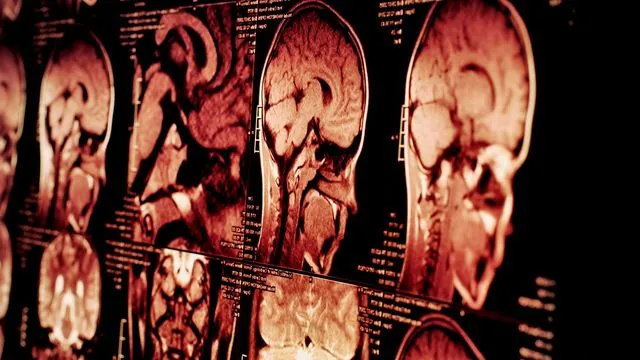
Breakthrough Study Unveils Key Differences Between Parkinson's Disease and Essential Tremor
2025-09-02
Author: Mei
Revolutionary Research Sheds Light on Movement Disorders
A groundbreaking study from Virginia Tech has uncovered distinct patterns in brain chemistry that could help differentiate Parkinson's disease from essential tremor, two commonly confused movement disorders.
Dopamine and Serotonin's Role in Decision-Making
Published in Nature Communications, the research focuses on the signaling of dopamine and serotonin during cognitive tasks. This discovery opens new avenues for understanding how these neurotransmitters work differently in patients with these conditions.
Co-senior author Read Montague, director of Virginia Tech's Center for Human Neuroscience Research, emphasized the study's potential clinical applications. 'From behavioral game theory to advanced machine learning models, we're turning research findings into practical medical tests,' Montague stated.
Unique Neurochemical Patterns Unveiled
The researchers gathered data from deep brain stimulation (DBS) surgeries conducted between 2017 and 2018. During these procedures, patients engaged in decision-making tasks while their brain's chemical activity was monitored.
The study highlighted how patients with essential tremor exhibited a seesaw pattern in their dopamine and serotonin levels when faced with unfair offers. In contrast, Parkinson's patients did not demonstrate this fluctuation—revealing a significant difference between the two disorders.
Serotonin: The Unexpected Hero
While dopamine loss is well-documented in Parkinson's disease, the study found that serotonin levels provided a clearer distinction between the two conditions. 'The absence of the expected chemical response surprised us,' Howe remarked. This insight suggests that serotonin may play a more vital role in Parkinson's than previously understood.
Harnessing Machine Learning for New Insights
Using advanced reinforcement learning techniques, the researchers enhanced their analysis of how participants made decisions based on anticipated outcomes. This innovative approach linked fluctuations in serotonin activity to specific patient conditions, allowing for better differentiation between Parkinson's and essential tremor.
'Connecting real-time internal expectations with chemical signals in the brain could revolutionize our understanding of cognitive processes affected by these diseases,' noted Dan Bang, a study author.
Leveraging Past Data with Modern Tools
Even though the data were collected years ago, the research team utilized improved computational models to reveal insights that had previously gone unnoticed. 'This collaborative effort allowed us to see patterns we hadn't recognized before,' said Seth Batten, a senior research associate involved in the study.
A New Dawn for Diagnosing Movement Disorders
The findings underscore the potential for serotonin to serve as a valuable biomarker for distinguishing between Parkinson's disease and essential tremor. This research not only advances our understanding of these conditions but also demonstrates the powerful synergy between computational neuroscience and clinical observations.





 Brasil (PT)
Brasil (PT)
 Canada (EN)
Canada (EN)
 Chile (ES)
Chile (ES)
 Česko (CS)
Česko (CS)
 대한민국 (KO)
대한민국 (KO)
 España (ES)
España (ES)
 France (FR)
France (FR)
 Hong Kong (EN)
Hong Kong (EN)
 Italia (IT)
Italia (IT)
 日本 (JA)
日本 (JA)
 Magyarország (HU)
Magyarország (HU)
 Norge (NO)
Norge (NO)
 Polska (PL)
Polska (PL)
 Schweiz (DE)
Schweiz (DE)
 Singapore (EN)
Singapore (EN)
 Sverige (SV)
Sverige (SV)
 Suomi (FI)
Suomi (FI)
 Türkiye (TR)
Türkiye (TR)
 الإمارات العربية المتحدة (AR)
الإمارات العربية المتحدة (AR)